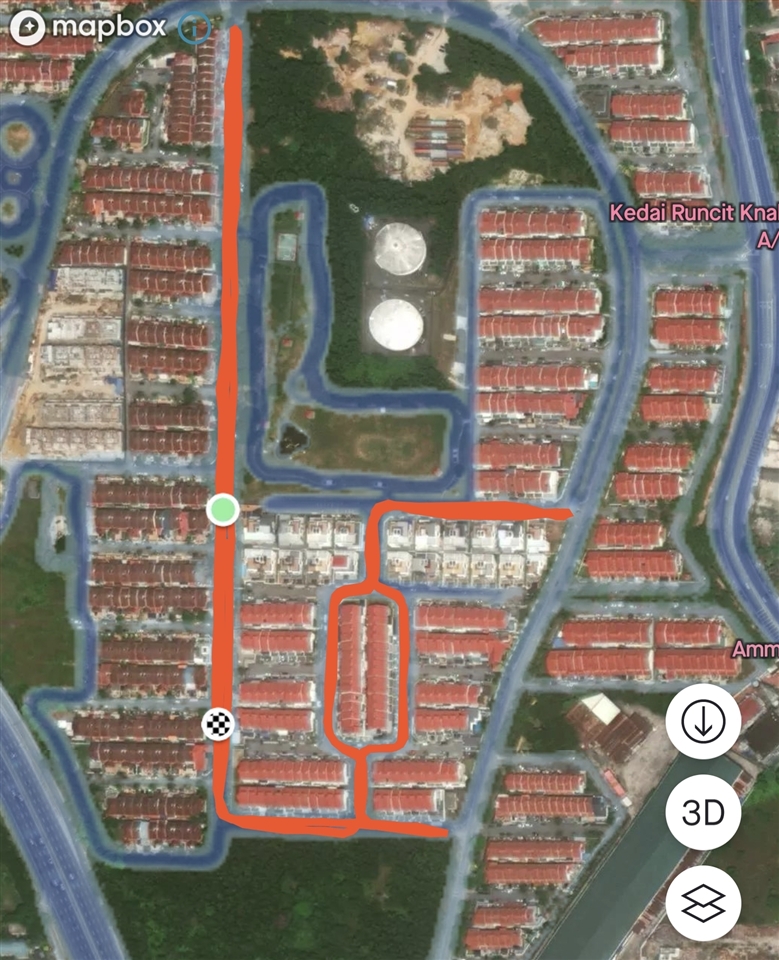Looking for GPS watch replacement from Fenix series 3, 5 and 6 due to GPS inaccuracy. Was aiming for a more accurate multi-band GNSS feature and GPS chipset with non-metallic case , 955 is one of my shortlisted watches with nice training features, stamina to name a few. . I am no longer participate in ultra marathon anymore, thus battery is not a major concern.
What is your recommendation for least bug GPS watch?




